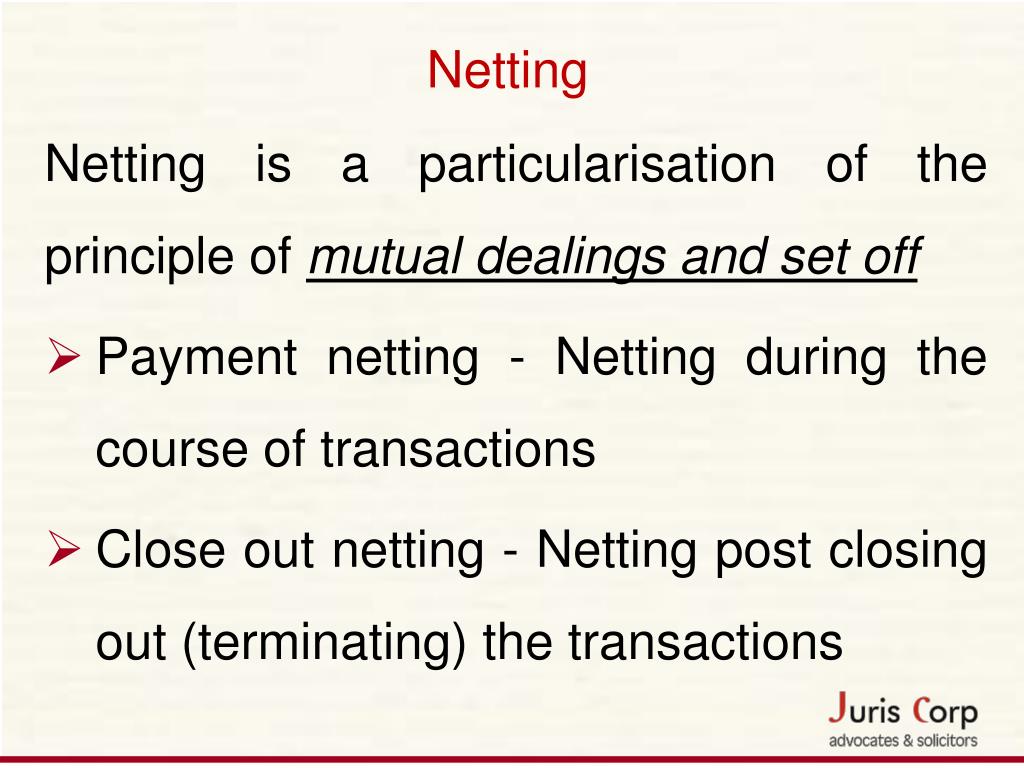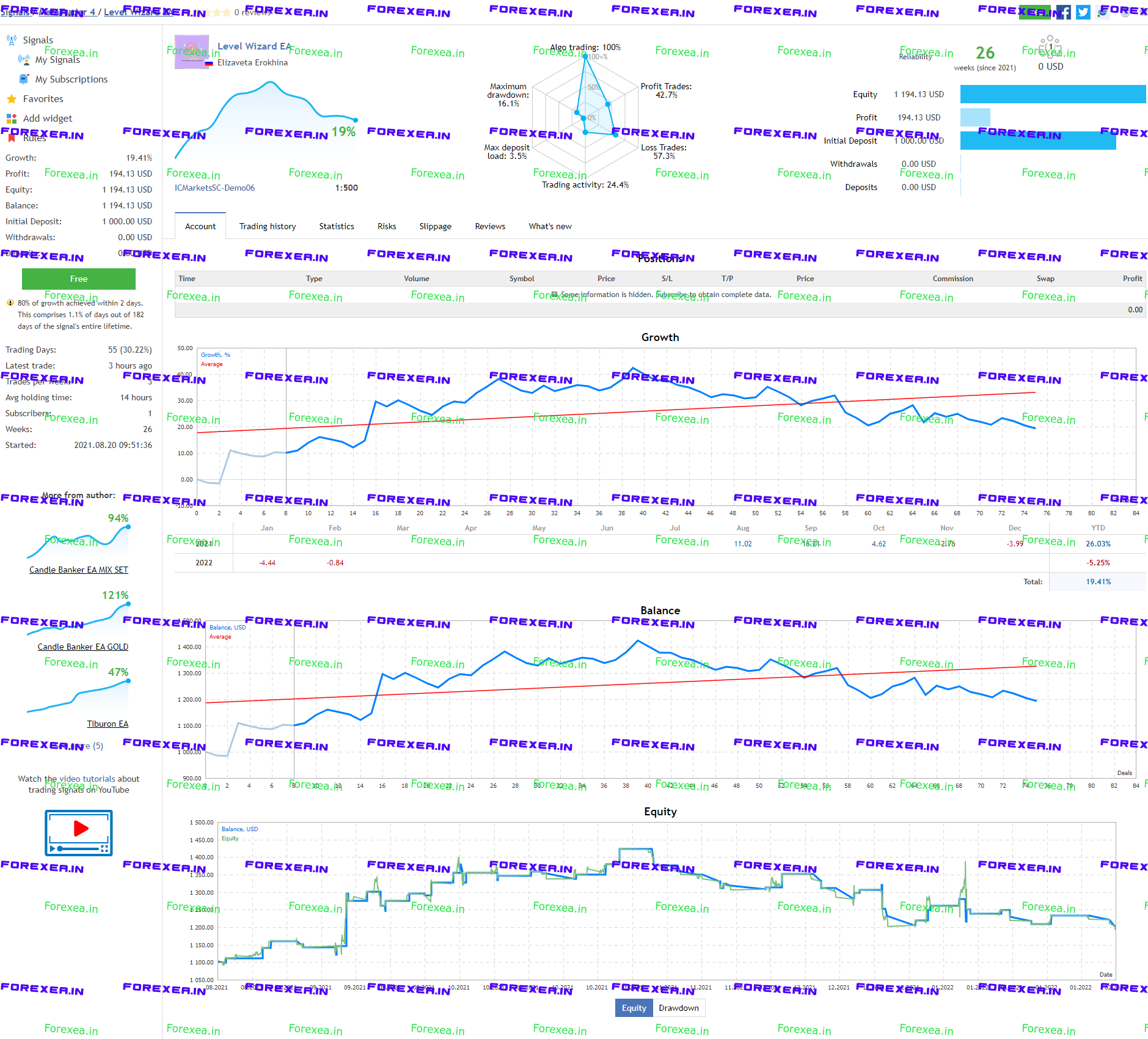Imagine a bustling marketplace where countless transactions occur simultaneously. Forex, the global foreign exchange market, is precisely such a realm, where currencies are traded 24 hours a day, five days a week. Within this vast network, netting plays a pivotal role in streamlining and simplifying trades, ensuring efficiency and transparency.

Image: www.slideserve.com
Netting, in essence, is a process of combining multiple trades in opposite currency pairs into a single net position. By doing so, it eliminates the need for multiple individual transactions, reducing the operational complexity and administrative burden involved in Forex trading. This consolidation process offers several advantages to traders, which we will delve into shortly.
Understanding Basic Principles
To comprehend netting fully, it’s essential to grasp a few fundamental concepts. Forex transactions always involve two currencies, referred to as a currency pair. The value of one currency is expressed in terms of another, denoted as “exchange rate.” Forex traders speculate on fluctuations in these exchange rates to profit.
Netting becomes particularly relevant when traders engage in multiple transactions involving the same currency pairs in opposing directions. For instance, if a trader buys 100,000 USD/JPY (US dollar against Japanese yen) and simultaneously sells 50,000 USD/JPY, netting would combine these trades into a single net position of buying 50,000 USD/JPY.
Benefits of Netting
The practice of netting in Forex offers a wealth of benefits to traders. Here are some of the most notable advantages:
Reduced Settlement Risk: By combining multiple trades into a single net position, netting effectively lowers settlement risk. In the example mentioned earlier, instead of settling two separate trades, the trader only needs to settle a single net exposure, simplifying accounting and operational procedures.
Operational Efficiency: Netting eliminates duplicate transactions, drastically reducing the workload associated with trade processing. Fewer settlements, fewer confirmations, and reduced paperwork contribute to a more efficient and streamlined trading operation.
Improved Liquidity: Netting enhances market liquidity by aggregating orders and exposures. Larger net positions improve pricing and execution quality, ensuring traders can enter and exit positions at favorable rates.
Increased Flexibility: With netted positions, traders gain greater flexibility in managing risk. The ability to quickly adjust net positions based on market conditions allows for more dynamic and responsive trading strategies.
Scalability: As trading volume grows, netting becomes increasingly valuable. Traders can manage larger portfolios without facing excessive operational challenges.
Netting Across Different Platforms
Modern Forex trading involves a variety of platforms, including broker platforms, electronic communication networks (ECNs), and multilateral trading facilities (MTFs). Netting capabilities can vary across these platforms.
Broker Platforms: Brokers typically offer netting services as part of their brokerage account package, enabling traders to combine positions within the same account.
ECNs: ECNs are electronic marketplaces that facilitate direct matching of buy and sell orders. Netting on ECNs often occurs automatically, providing traders with seamless execution and position aggregation.
MTFs: MTFs are multilateral trading venues that operate under specific regulatory frameworks. Netting on MTFs may offer additional transparency and oversight, enhancing the security and reliability of trade settlement.

Image: blog.roboforex.com
Emerging Developments and Technological Advancements
The realm of netting in Forex is continuously evolving, driven by technological innovations and market developments. Here are some noteworthy trends shaping the future of netting:
Straight-Through Processing (STP): STP enables the electronic processing of trades directly from the trading platform to the settlement system, eliminating manual intervention and reducing the risk of errors. Netting becomes even more efficient within STP environments.
Distributed Ledger Technology (DLT): DLT, the underlying technology behind cryptocurrencies, offers the potential for enhanced netting capabilities. DLT can provide real-time settlement and a shared, immutable record of transactions, further reducing settlement risk and increasing transparency.
Artificial Intelligence (AI): AI can enhance netting processes by automating complex calculations, identifying optimal netting opportunities, and managing risk more effectively.
What Is Netting In Forex
Conclusion
Netting is a fundamental aspect of Forex trading that brings numerous benefits to traders. Its ability to simplify transactions, reduce risk, improve efficiency, and increase liquidity makes it a critical tool for navigating the complexities of the foreign exchange market. As technology continues to transform the Forex industry, netting will undoubtedly play an increasingly vital role, empowering traders with greater flexibility and control over their trading activities. Whether you’re a seasoned professional or just starting your Forex journey, understanding netting is essential for developing a successful and sustainable trading strategy.






